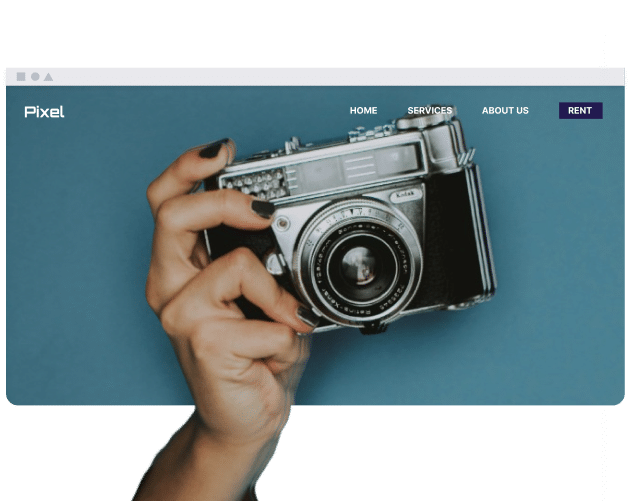博客文章的页面 SEO 有哪些好处?
页面SEO可能会带来以下好处:
- 搜索引擎定位: 排名会影响潜在的可见性。
- 更高的网站访问量: 大量访客通过搜索找到您的网站。
- 内容营销 以及网站的可用性: 内容结构可能会展现出改进的组织性和可理解性。
- 良好的业务成果: 达成预定目标的可能性与目标受众的选择有关。
- 提升公司认知度: 更高的知名度会影响外界对组织的认知。
- 投入资源的价值: 考虑到资源分配,非付费流量可以被视为一种可管理且相对便宜的策略。
我应该关注哪些页面SEO的关键要素?
页面SEO元素 针对博客文章 需要重点关注的是:
- 关键词: 与特定主题相关的、可供用户搜索的术语。
- 内容质量: 信息性内容必须具有娱乐性和洞察力。
- 标题标签: 页面标题应引人注目并包含相关的关键词。
- 元描述: 包含号召性用语的简短文本描述。
- 标题: 用于组织信息,这可能会影响阅读的难易程度。
- URL: 力求易于理解并直接指示其目标位置。
- 链接(内部和外部): 引用其他文本内容和指向材料的链接。
- 图像优化: 图片格式应正确,描述应恰当。
- 网站速度: 博客文章加载所需的时间。
- 移动设备友好性: 在各种设备上的可访问性。
必须注意这些方面,因为它们会让搜索引擎和读者更容易理解和欣赏你的博客内容;忽略这些元素可能会影响你博客的排名。
如何优化我的博客文章标题和 headings?
在博客文章标题和 headings 中加入相关的关键词,有助于保持简洁,同时提高兴趣,改善 SEO 指标。这可以让搜索引擎了解你的内容,并激励人们访问你的网页。每个 SEO 专家都知道标题如何形成第一印象,headings 如何充当全文的指针。在构思标题和 headings 时,请考虑以下建议:
- 关键词: 使用相关的搜索词组。
- 长度: 字符数保持在 60 个以下。
- 互动: 使用动词来吸引读者。
- 结构: 按 H1 到 H6 的逻辑顺序组织内容。
如何针对读者和搜索引擎优化我的博客文章内容?
优化博客文章时,请确保其易于理解并详细回答用户的问题。 incorporar必要的关键词也很重要。 重点关注以下几个方面:
- 可读性: 使用的语言应简洁,段落和句子应简明扼要。
- 相关性: 提供用户问题的答案。
- 互动: 使用投票、问题或 行动号召 来引导用户互动。
- 内容价值: 分享对读者有见地和有用的信息。
- 原创性: 提供独特的视角或有价值的见解。
- 视觉效果: 使用图像、图表和视频来分解文本,阐明观点,并保持读者的兴趣。
这使得内容在搜索引擎中排名靠前,同时也吸引读者;通常情况下,仅仅针对搜索引擎的内容会失去对读者的价值,反之亦然。
为什么内部链接和外部链接对于页面SEO很重要?
内部链接有助于连接博客上的各个页面,分配链接权重,并提高用户和搜索引擎机器人的网站可用性。外部链接提供参考来源,这可能与内容对读者的价值有关。请保留内部链接,因为它们可以帮助用户浏览网站,而外部链接则用于提供正确的证据来验证声明。
用户体验 (UX) 与博客文章的页面 SEO 之间有什么关系?
用户体验,或者说 UX,对于页面 SEO 至关重要,因为搜索引擎会优先考虑那些重视提升网站用户体验的网站。博客文章导航、加载速度和格式方面的问题可能会影响用户满意度和网站留存率,并可能影响搜索引擎对内容的排名。因此,UX 优化可以直接帮助 SEO 策略,例如:
- 移动设备友好性: 力求包容所有用户。
- 可读性: 提高理解度有助于降低跳出率。
- 导航: 信息的合理编排会影响用户访问所需内容的速度。
总结
改进文章的页面 SEO 是一项永无止境的任务,但这对博客的在线曝光度和互动度有很大贡献。在 搜索引擎优化 和用户体验之间取得平衡,将确保您的重要内容被合适的人找到。

